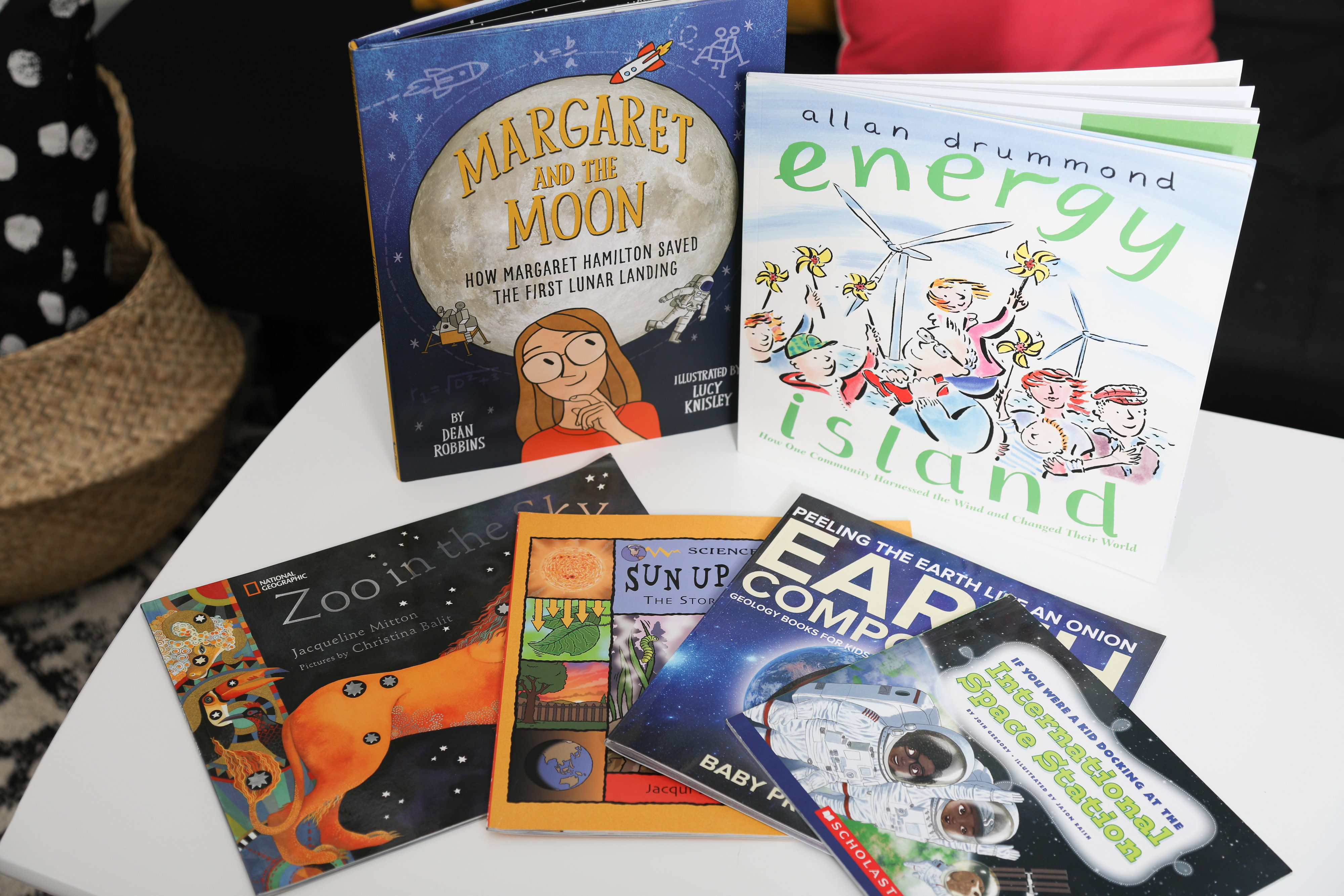Designed to introduce more wonder and joy into the lives of your children, setting the stage for you to make genuine connections with them, and opportunities for you to create lasting memories together- is our wonder inspiring family strategy. With each of our 7 magical learning elements, you can inspire wonder that grows into learning, joy, and meaningful family time. Learning experiences can happen anywhere, anytime and are always better when done as a family! Each program that we provide and each resource that our team has created, includes these 7 learning elements that are uniquely stitched together in a way that inspires wonder to come alive for your child and your family moment by moment, again and again.
Through our 7 Blog Series, we will unpack for you each of our handpicked learning elements that together create a curriculum you will enjoy as a family for years to come. Up first, LITERATURE.
Many studies show the immense benefits of being read to as a child. Reading aloud to a child (even an older child) can be a peaceful time to pause from the distractions of busy days and focus on listening and enjoying a story. Jim Trelease explains the effectiveness of reading aloud to a child in his book “The Read Aloud Handbook”…
“How can something as simple as reading to a child be so effective? As lumber is the primary support for building a house, words are the primary structure for learning. There are really only two efficient ways to get words into a person’s brain: either by seeing them or by hearing them. Since it will be years before an infant uses his or her eyes for actual reading, the best source for vocabulary and brain building becomes the ear. What we send into that ear becomes the foundation for the child’s “brain house.” Those meaningful sounds in the ear now will help the child make sense of the words coming in through the eye later when learning to read. We read to children for all the same reasons we talk with children: to reassure, to entertain, to bond, to inform or explain, to arouse curiosity, and to inspire. But in reading aloud, we also:
- build vocabulary
- condition the child’s brain to associate reading
with pleasure create background knowledge
- provide a reading role model
- plant the desire to read
One factor hidden in the decline of students’ recreational reading is that it coincides with a decline in the amount of time adults read to them. By middle school, almost no one is reading aloud to students. If each read-aloud is a commercial for the pleasures of reading, then a decline in advertising would naturally be reflected in a decline in students’ recreational reading.”
Our WonderHere Strategy & Learning Experiences prioritize rich and diverse literature that should be experienced read aloud.




